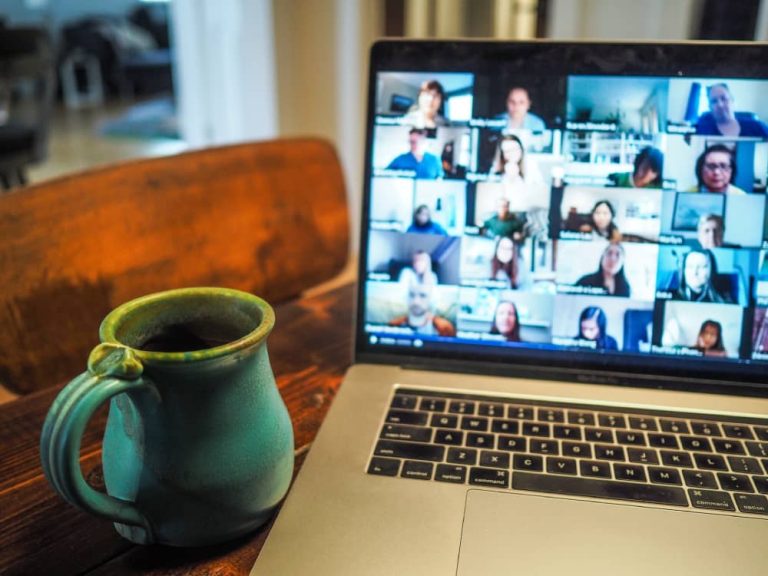The way we approach exams has evolved significantly, thanks to the introduction of remote proctoring technology. This innovation allows exam administrators to monitor and proctor tests taken by students from anywhere in the world, all without the need for in-person interactions. It offers a secure and convenient exam experience for schools, training centers, and businesses alike, ensuring the convenience and flexibility of students and employees.
In this article, we will explore remote proctoring – its definition, how it works, and its advantages, and introduce some guidelines on choosing a remote proctoring solution.

Understanding Remote Proctoring Technology
Before we dive into the intricacies, it’s important to first understand what remote proctoring is.
Remote proctoring is the modern and online version of in-person exam proctoring. Many schools and businesses implement it to administer exams to students remotely. The software connects the invigilator and the test-taker via the Internet, making it possible to monitor tests remotely.
In simple terms, remote proctoring is a test-taking solution that uses technology and the internet to administer exams remotely.
How Remote Proctoring Works
Remote proctoring does not require any specialized software on the student’s computer. The software uses a student’s desktop, webcam, and microphone to conduct a proctored exam. Once the proctored exam is scheduled, the software is activated, and the exam starts.
The proctor can monitor the student and the computer screen and alert the student if there is any suspicious activity like opening of new tabs or minimising the screen window.
Benefits of Remote Proctoring Technology
1. Cost-Effective
In comparison to an in-person proctored exam, remote proctoring saves a lot of money because it eliminates the need to pay for an examination center, the examiner’s travel costs, and other overhead expenses.
2. Convenience
With remote proctoring, test-taking location, time, and date are not a concern. Students can take exams irrespective of their location, time, and date convenience.
3. Secure
Remote proctoring technology ensures that the exam is monitored effectively while maintaining a high level of exam integrity. The software uses the latest technology to detect suspicious behavior and alert the concerned party immediately.
4. Technical Support
Remote proctoring technology provides technical support during the exam to avoid the possibility of glitches or network issues that may affect the quality of the exam.
5. Easy to Use
Remote proctoring technology is easy to use with just a few simple steps and setup. It eliminates the need for special equipment or software installation on the student’s device.
Choosing the Right Remote Proctoring Solution
When choosing a remote proctoring solution, several factors need to be considered. Below are some essential things to look out for:
- Live Support – Choose a remote proctoring service that provides live support during the exam.
- Secure Browser – The software should have a secure browser to prevent students from opening new tabs or switching applications during the exam.
- Mobile Compatibility – Students should have easy access to the software on their mobile devices.
- Scalability – The software should be scalable to meet the needs of both small and large businesses and educational institutions.
- Price – Make sure the price is within your organization’s budget.
- Installation Requirements – Consider if the software requires any special installation requirements before using it.
- Privacy and Security – Ensure that the platform is secure and private for both the student and instructor.
- Reporting – Check if the software provides reporting capabilities so you can track exam progress.
In Summary
Remote proctoring technology is the future of exam administration, and it provides many benefits to schools, businesses, and training centers. It is almost inevitable to encounter some technical issues, but with the right support service, students can take their remote exams from the comfort of their home or office with no security concerns.
When choosing a remote proctoring solution, ensure the software meets your institution’s needs and goals. By choosing a reliable solution, you can provide a secure, reliable, and flexible remote exam experience for everyone involved.



